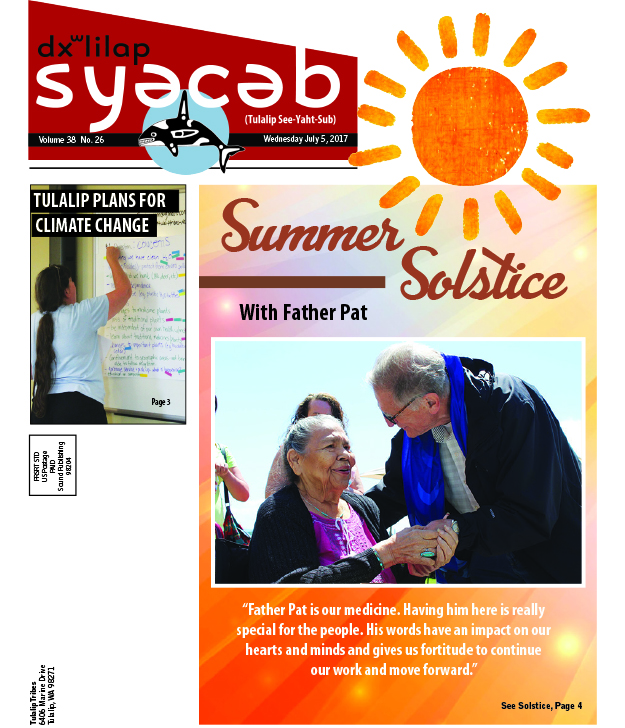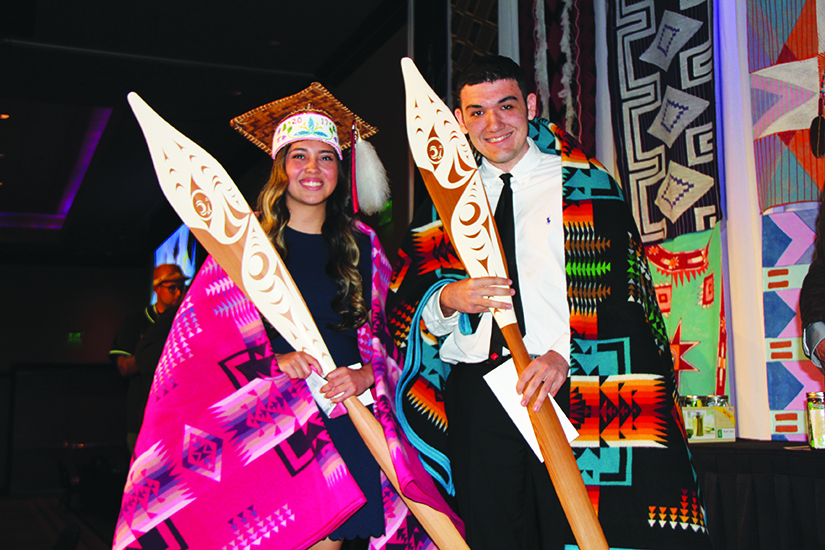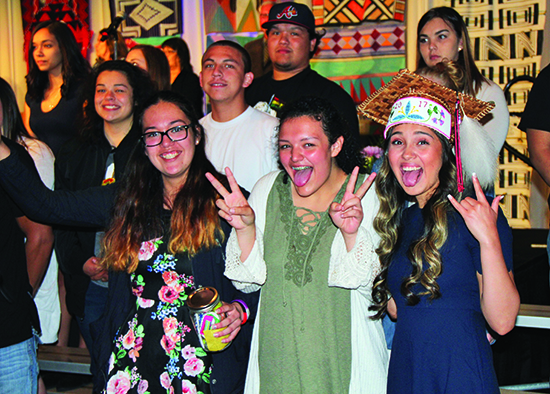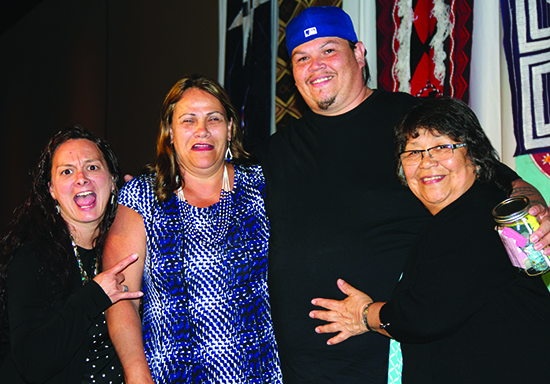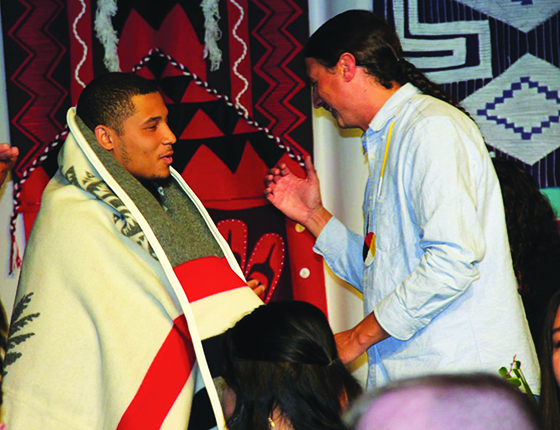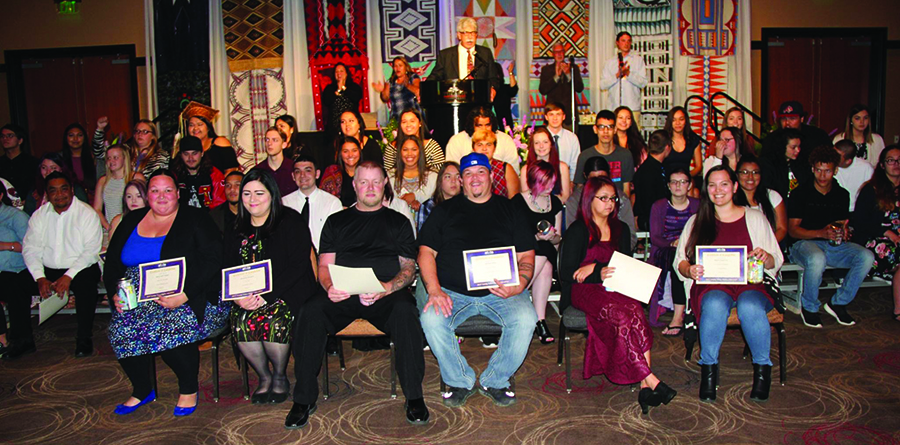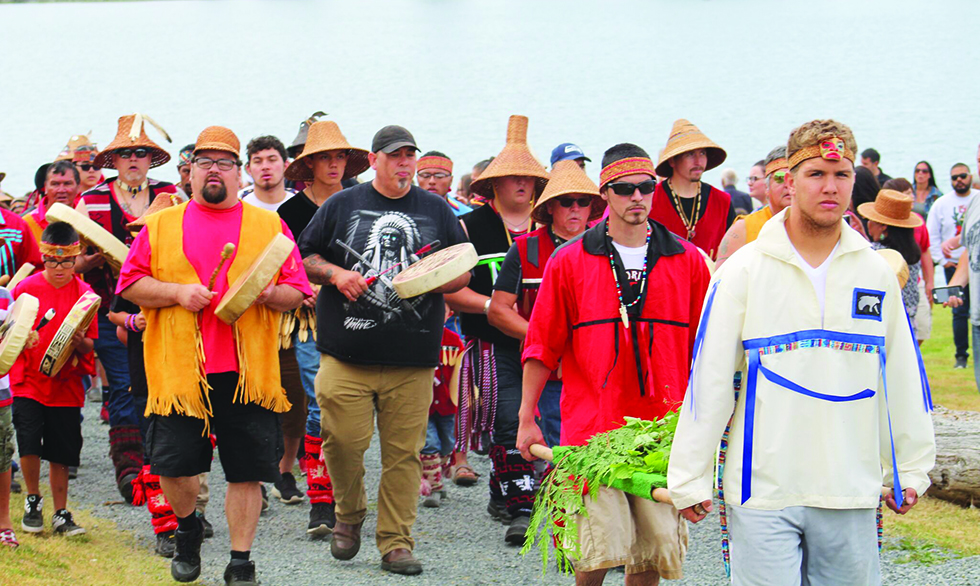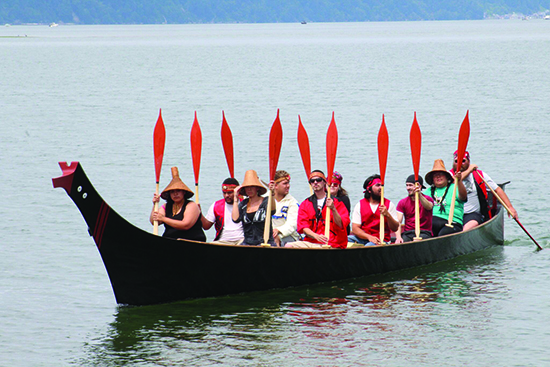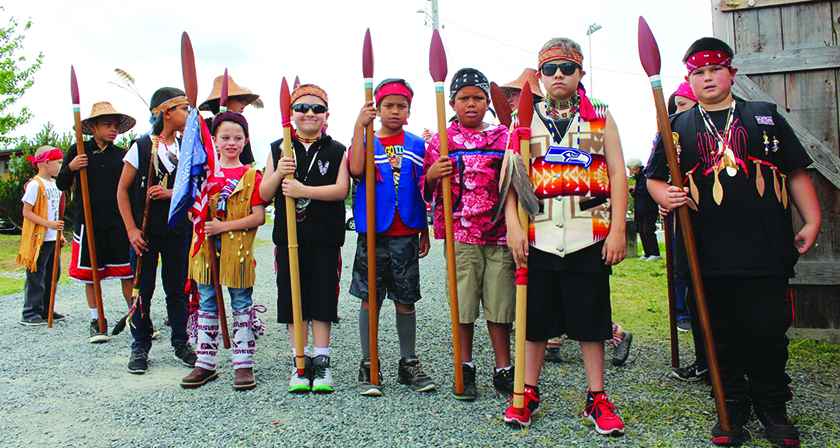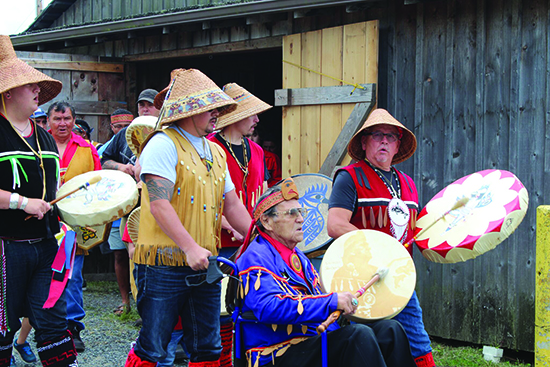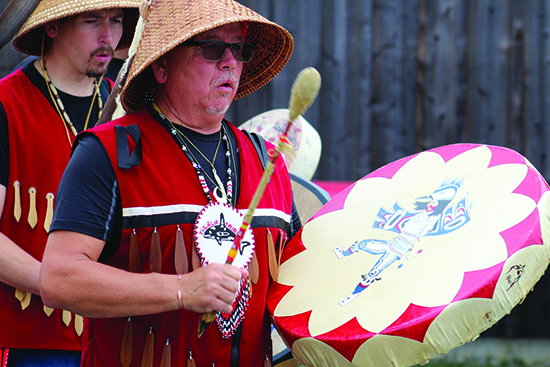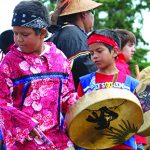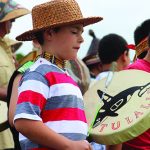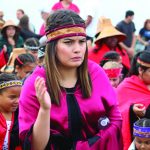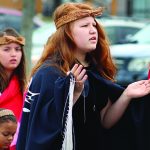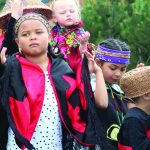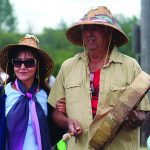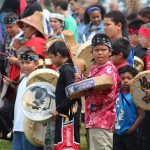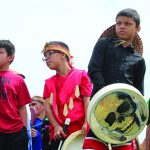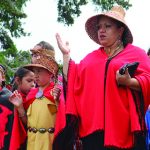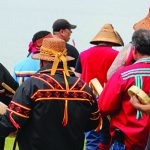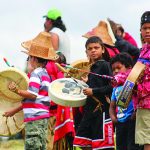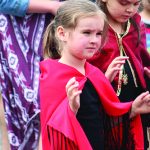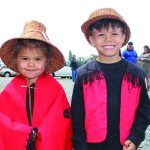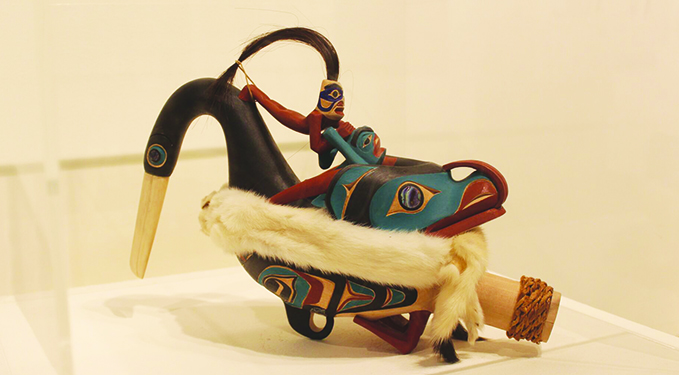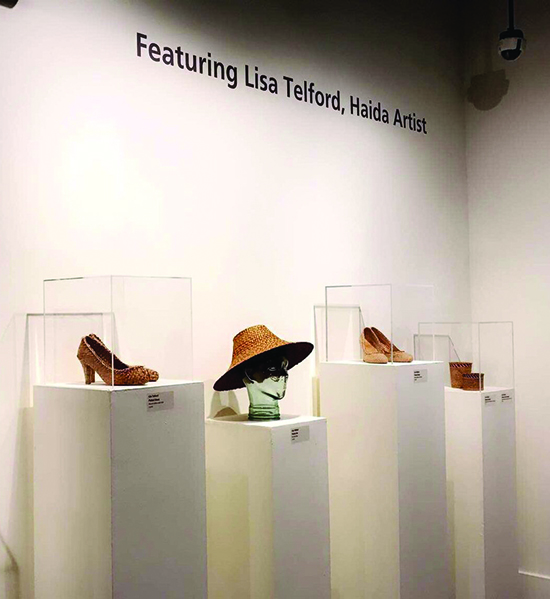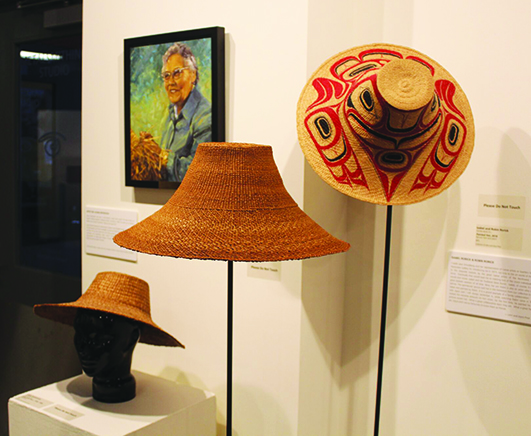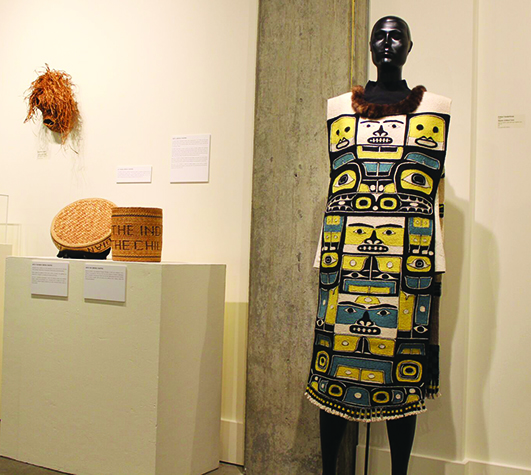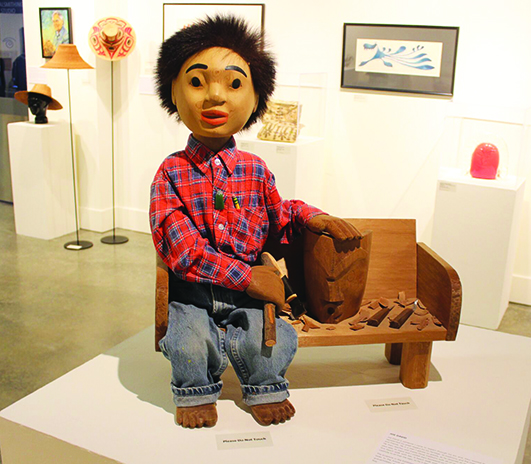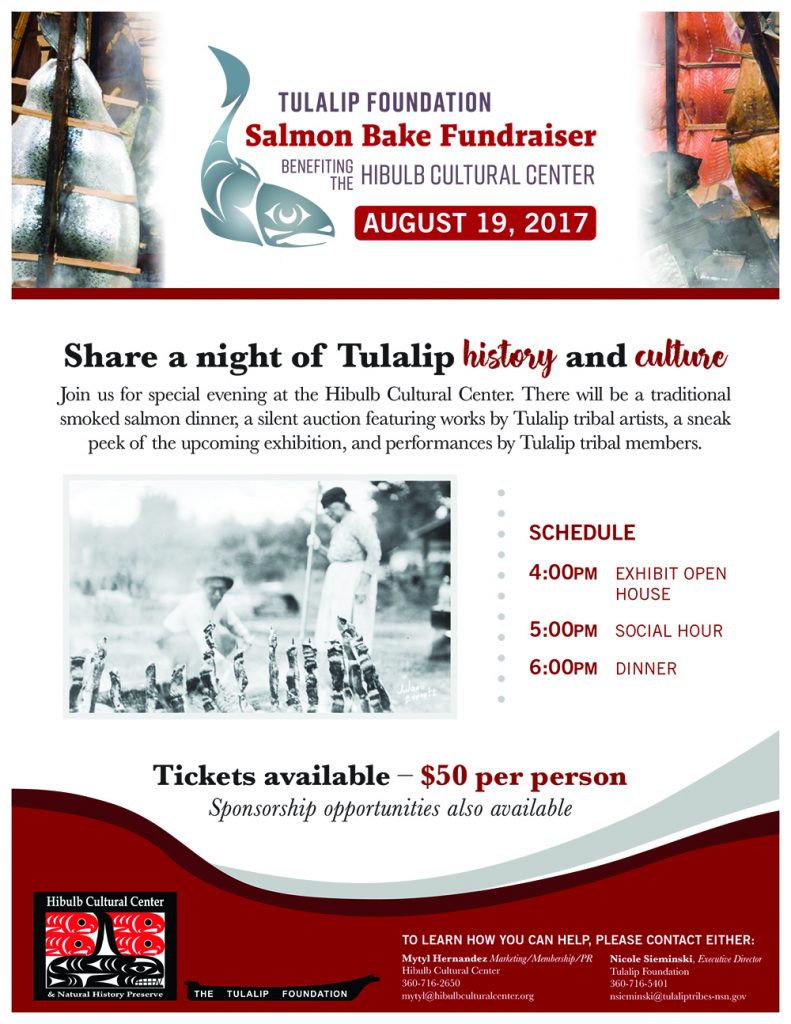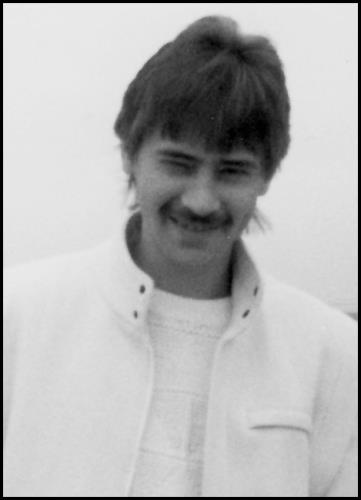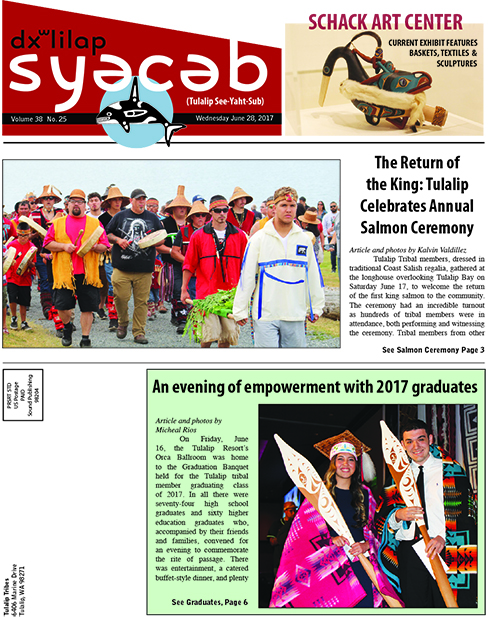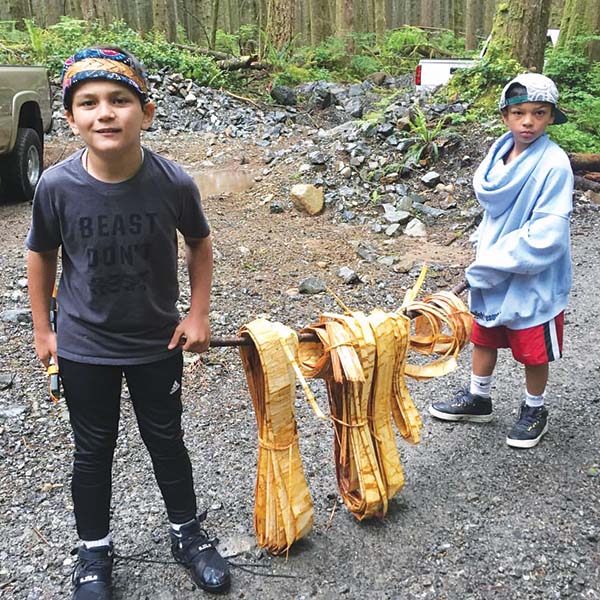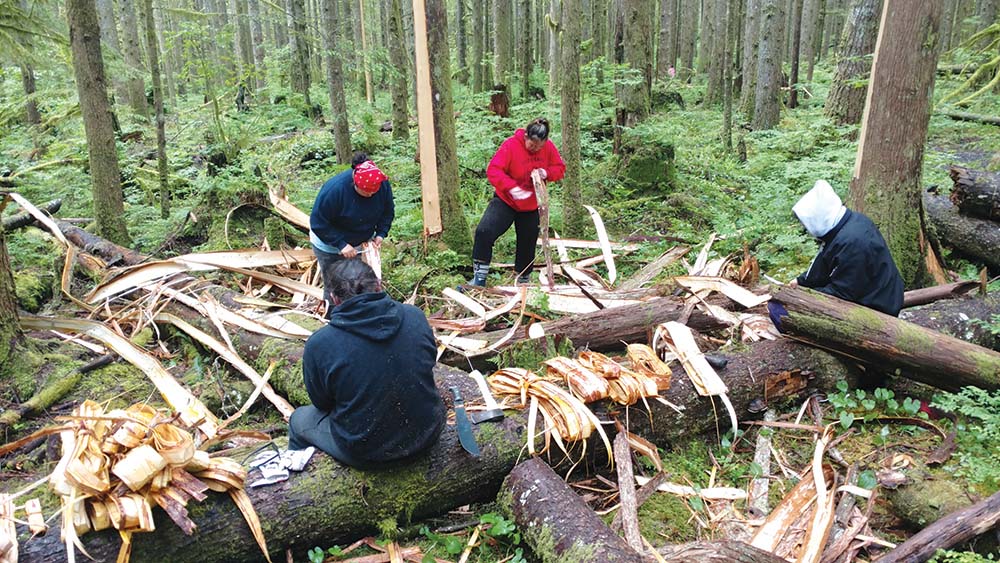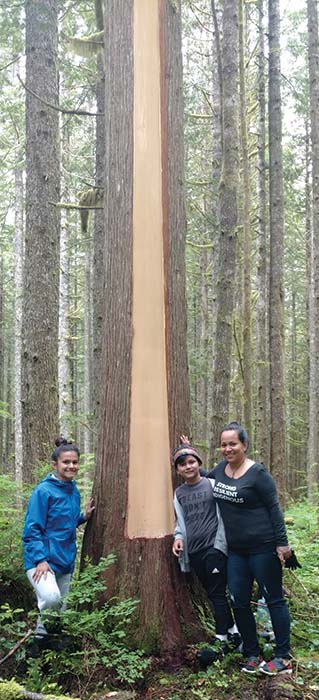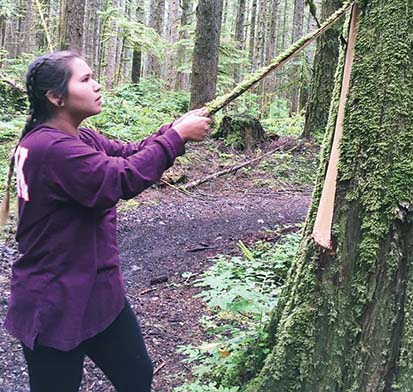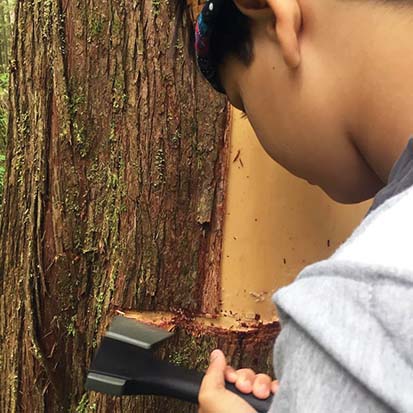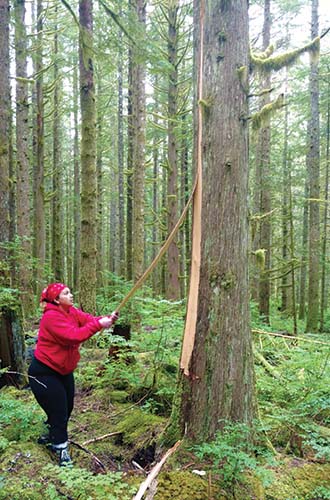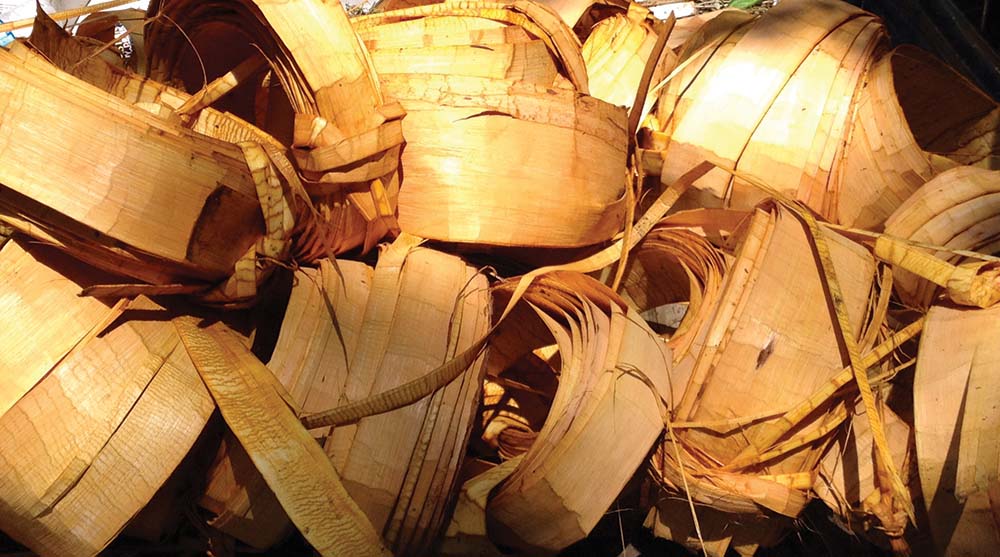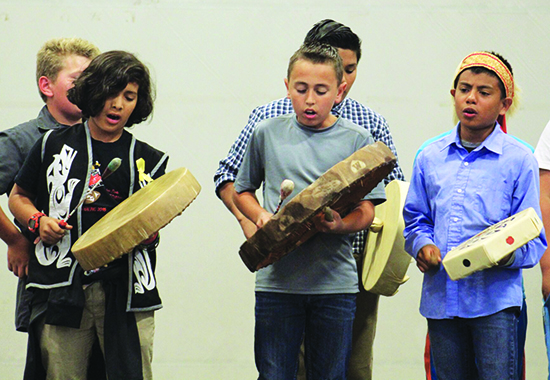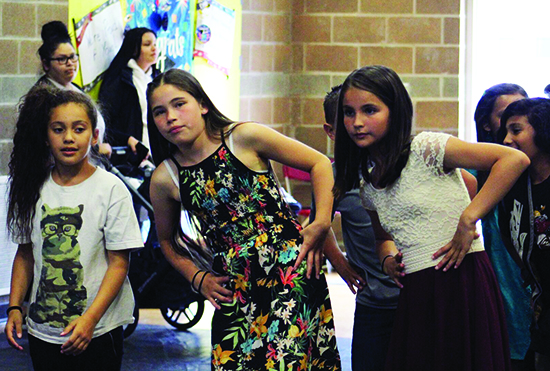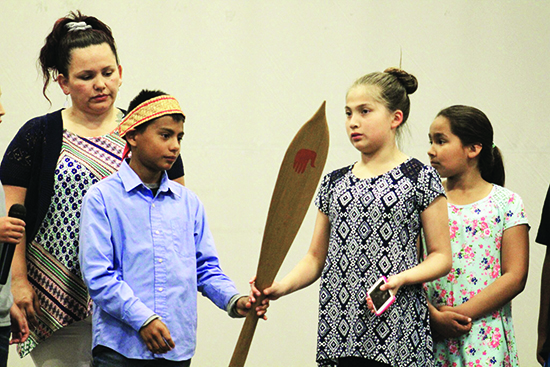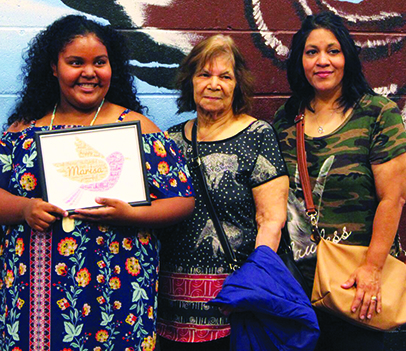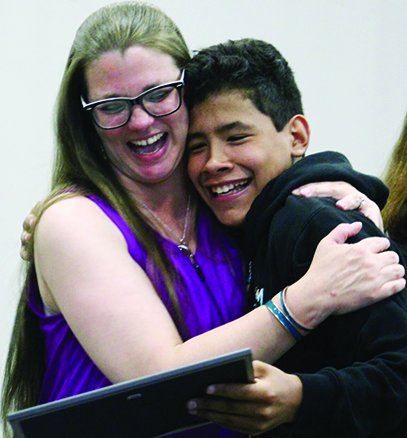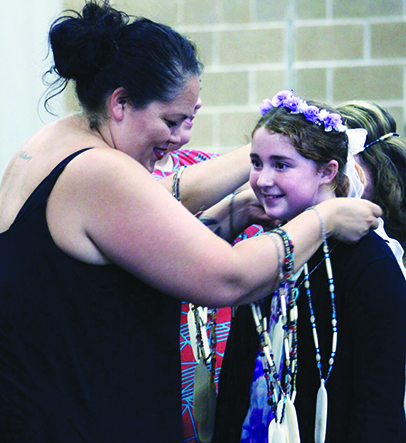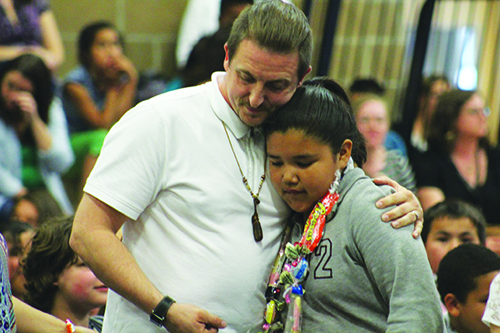By Jeanne Steffener, Higher ED
In a recent study published by the American Association of Community Colleges, college students attending a community college see a significant return on their financial investment.
Among the best attributes of community colleges include an open door policy. Most two-year colleges will accept a student with a high school diploma or GED, regardless of grades or test results. Most even offer GED programs which makes for an easy transition. This is a great opportunity for students who were not that focused on academic progress in high school. Community colleges also provide “developmental studies” courses which are designed to help bring students up to college level course work. This opens up opportunities for students who have had a less than perfect academic history. Due to the “Open Door Policy”, the average age of community college students has hovered in the 20 year old range for the past 30 years.
Another group of 2nd chance students are those who go off to four-year colleges and universities and find themselves in over their head academically, socially or maturity-wise. Now they are back home getting their grades up so they can return to the university setting better equipped.
Running Start and early college programs courses are one of the best values of American higher education. A good majority of these students are ready for college and end up transferring their credits to state universities where they do very well academically. Considering that the state picks up the tuition for these students, this introduction to the college atmosphere is very cost effective for students and their parents. In view of, the vast and growing amount of student debt in this country, this now becomes for students a very good option.
Community colleges offer some important academic advantages beginning with smaller class sizes, accessability to college that larger institutions are not offering and close proximity of the college to home and work for students.
One of the best things that community colleges do for their communities is providing access to higher eduation to populations who would not have the opportunity to advance themselves through education. In most communities, the two-year college is the center for the arts and performing arts, business, science, athletics and fitness.
Many students attending universities began their educational journey at a two-year college. For many, the community college is providing a liberal-arts foundation. The other important services that the community colleges offer are courses, degrees and certificates in high demand technical fields like information technology, health science, construction, manufacturing, trade skills, etc. These skill based trainings offer students a shorter timeframe to job readiness. This give students the opportunity to begin earning dollars while pursuing bigger educational goals.
If you are interested opening up your opportunities, pick up your phone and call 360-716-4888 to contact the Higher Education Department for more information or email us at highered@tulaliptribes-nsn.gov.

